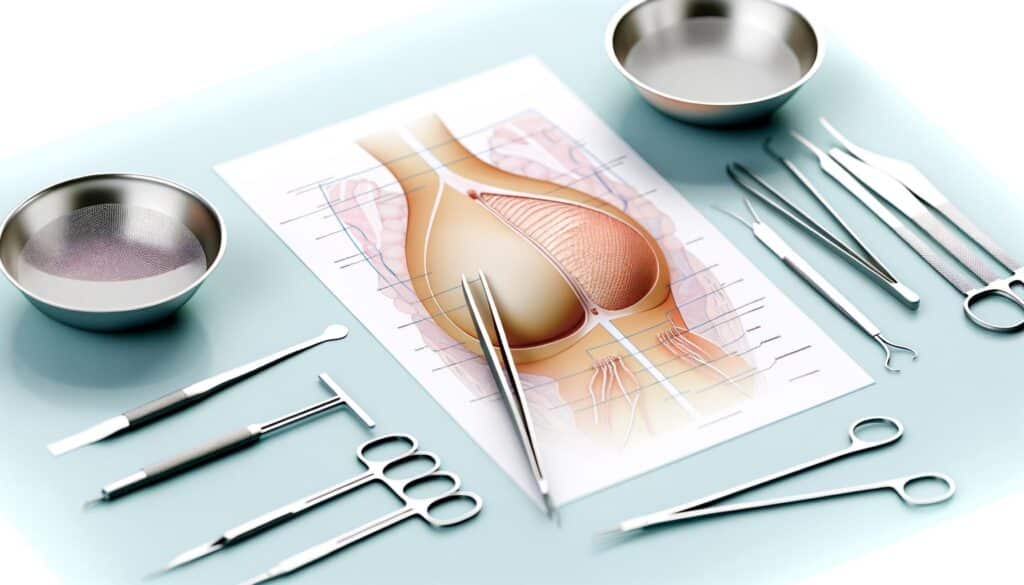What To Expect After Breast Reconstruction With Implants
Reconstruction with implants is a popular choice for many individuals, particularly after mastectomy as part of cancer treatment. After the reconstruction, patients can expect a period of adjustment to the new implants. Swelling and discomfort are common post-operative experiences, gradually subsiding with time and proper care. Patients should also expect lifestyle adjustments, including temporary limitations on physical activities.
Understanding the recovery process is crucial and includes knowledge of potential complications. Being aware of signs like unusual swelling, pain, or infection helps in timely management and recovery. Regular follow-ups with specialists offer critical support and peace of mind during this period.
Breast Implants After Cancer Surgery: What Are the Options?
For those considering breast implants after cancer surgery, options vary significantly. Types of implants used in post-cancer breast surgery include saline and silicone, each with distinct characteristics. Saline implants are filled with sterile salt water, while silicone implants offer a more natural feel due to the cohesive gel they contain. The choice between these depends on individual preferences, physiology, and discussions with healthcare providers.
Additional techniques like fat grafting can complement implants to achieve more natural results. Clinicians specializing in reconstructive breast surgery provide valuable insights into these options, assisting patients in selecting the approach that aligns best with their goals and health conditions.
Recovery Timeline for Breast Augmentation After Mastectomy
The recovery timeline for breast augmentation after mastectomy can vary. Generally, patients might return to normal activities within four to six weeks, with complete recovery spanning several months. During this period, adherence to post-operative care plans is critical. This includes wearing supportive garments, following prescribed medication regimens, and attending regular medical appointments.
Attention to emotional and psychological recovery is equally essential, as adjusting to physical changes can influence mental health. Support groups and counseling services often provide robust support networks, enhancing recovery outcomes and facilitating a smoother transition.
Clinics Specializing In Reconstructive Breast Surgery
Choosing the right clinic is paramount to a successful breast reduction or reconstruction journey. Clinics specializing in reconstructive breast surgery offer tailored services and advanced techniques that cater to individual needs. Essential factors to consider include the clinic’s reputation, surgeon qualifications, patient testimonials, and the range of services offered.
When researching clinics, it’s beneficial to look for facilities that prioritize patient-centered care, ensuring a comfortable and informative experience from consultation through to post-surgical care. Many clinics also provide comprehensive counseling services to address any concerns, thereby building a strong foundation for a rewarding outcome.

